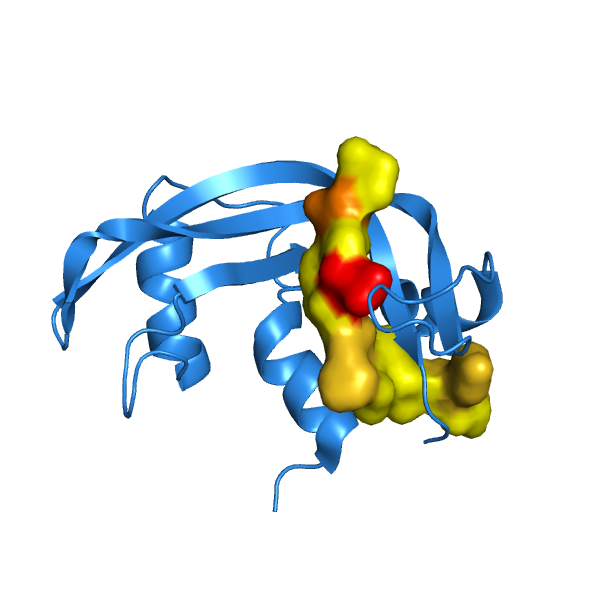Sandbox Reserved 198
From Proteopedia
(Difference between revisions)
| Line 3: | Line 3: | ||
<!-- PLEASE ADD YOUR CONTENT BELOW HERE --> | <!-- PLEASE ADD YOUR CONTENT BELOW HERE --> | ||
| - | <Structure load='1srn' size='500' frame='true' align='right' caption='Semisynthetic RNase A | + | <Structure load='1srn' size='500' frame='true' align='right' caption='Semisynthetic RNase A' |
<scene name='Sandbox_Reserved_198/Fully_synthetic/1'>Fully Synthetic</scene> | <scene name='Sandbox_Reserved_198/Fully_synthetic/1'>Fully Synthetic</scene> | ||
| Line 28: | Line 28: | ||
==Introduction== | ==Introduction== | ||
| - | The synthesis of a fully | + | The synthesis of proteins allowed scientists to analyze biological molecules through manipulations that could not readily be made with natural proteins. These syntheses, though, were very difficult, required large investments of time, and advances in technique did not occur frequently. At the beginning of the twentieth century, Emil Fischer performed the first synthesis of a peptide, but it was not until 1953 that the first peptide hormone was synthesized by Du Vigneaud. The development of solid phase synthesis by Bruce Merrifield was a radical departure from traditional methods of bio-molecular synthesis that greatly increased efficiency. His method made possible the syntheses of much larger and more complex molecules; however, solid phase synthesis was not fully embraced until he demonstrated its full ability with the complete synthetic synthesis of Ribonuclease A. This milestone synthesis and subsequent semisynthetic syntheses of enzymes including RNase A enriched the hypothesis that the amino acid sequence of a protein contains all necessary information to direct the formation of a fully active enzyme and, additionally, that an enzyme demonstrating the catalytic capacity and specificity of a naturally produced enzyme can be made in laboratory. |
Revision as of 04:42, 14 April 2011
| This Sandbox is Reserved from Feb 02, 2011, through Jul 31, 2011 for use by the Biochemistry II class at the Butler University at Indianapolis, IN USA taught by R. Jeremy Johnson. This reservation includes Sandbox Reserved 191 through Sandbox Reserved 200. |
To get started:
More help: Help:Editing |
| |||||||||||

